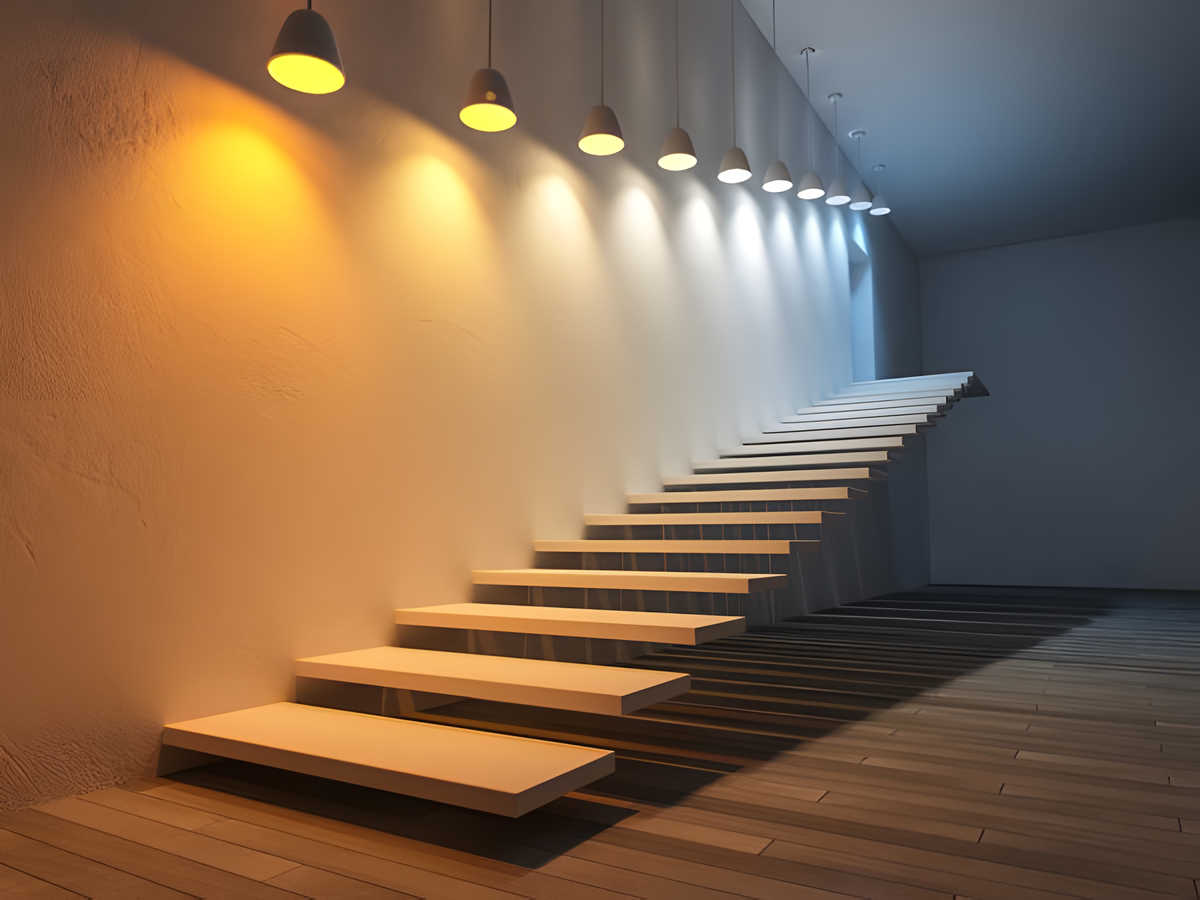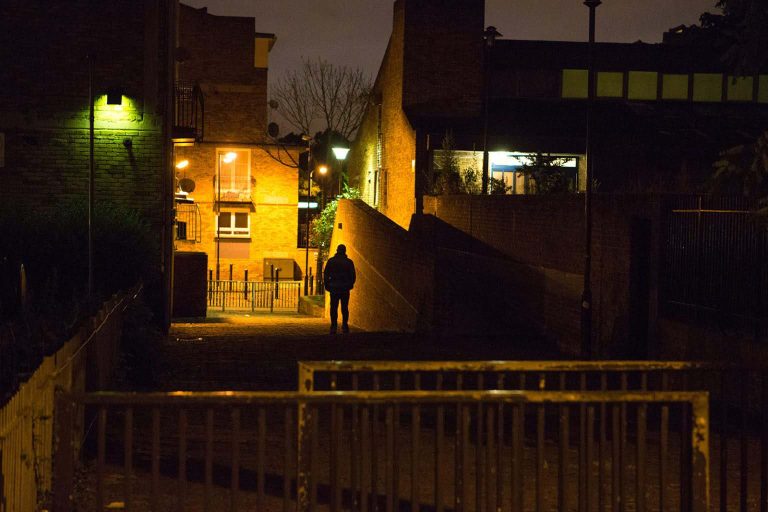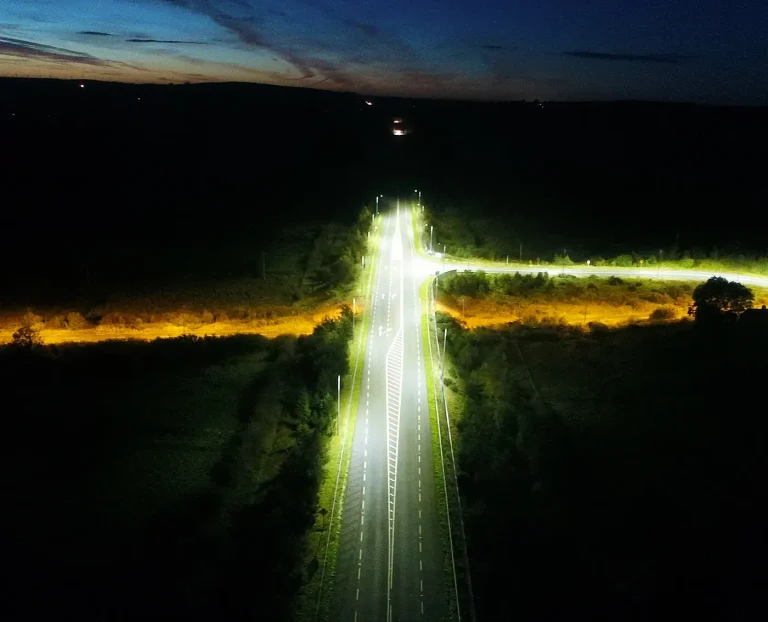Whether you’re strolling through a cozy pedestrian plaza or navigating a sterile-feeling parking lot, the color of the light around you can make or break the experience. That’s because behind every streetlamp or pathway light lies a quiet design decision: warm or cool lighting?
This simple choice—measured in Kelvin (K)—has deep implications for safety, aesthetics, ecology, and public perception. And while some cities are embracing the amber glow of warmer lights, others still favor the crisp clarity of cooler temperatures.
So who’s right?
Let’s dive into the debate.
🔥 Warm Light (2700K–3000K): Inviting, Calm, and Human-Centered
Warm white light, typically below 3000K, mimics the glow of firelight or incandescent bulbs. It creates a welcoming, intimate atmosphere—perfect for parks, plazas, and pedestrian zones.
✅ Pros:
- Human-friendly: Warmer light feels more natural and less harsh, especially at night.
- Reduced glare: Softer light is easier on the eyes and creates a less aggressive environment.
- Lower ecological impact: Warm LEDs emit less blue light, which disrupts wildlife and human circadian rhythms less than cooler light.
❌ Cons:
- Lower visual clarity: Warm lighting can make certain tasks or navigation more difficult, especially for drivers.
- Perceived as dimmer: Even when light levels are adequate, warm light can feel less bright to some users.
❄️ Cool Light (4000K–6000K): Bright, Functional, and Controversial
Cool white light (often 4000K or higher) gives a blueish-white tone often associated with daylight or fluorescent lighting. It’s often used in areas needing high visibility, such as highways or commercial districts.
✅ Pros:
- High visibility: Better for CCTV clarity and object recognition.
- Perceived brightness: Cooler lights often appear brighter, even at the same lumen output.
- Widely available: Many LED streetlight options are produced in this range by default.
❌ Cons:
- Harsher aesthetics: Cool light can feel cold, clinical, or even unsafe in some settings.
- Blue light pollution: Higher blue content contributes to skyglow and impacts nocturnal wildlife.
- Disruption to sleep: Exposure to blue light at night can interfere with human circadian rhythms.
⚖️ Where to Draw the Line? Context Is Everything.
- The battle between warm and cool light isn’t about picking a winner—it’s about designing intentionally.
- In historic or residential districts, warm lighting can preserve charm and reduce disruption.
- On main roads or transit hubs, cooler lighting might enhance safety and surveillance.
- In mixed-use areas, layered lighting strategies (warm for ambiance, cool for function) can offer the best of both worlds.
- Some cities, like Davis, California and Toronto, have even reversed previous LED installations that were too cool in tone, due to public outcry about harshness and health effects. Others are adopting tunable white systems, which allow cities to shift the color temperature over time or by zone.
💡 So, What Should Designers and Planners Do?
- Involve the community: Public perception of lighting isn’t just technical—it’s emotional.
- Think in layers: Use accent, ambient, and functional lighting at different temperatures where needed.
- Default to warmer tones in pedestrian-first areas: It’s a simple way to support mental wellbeing and reduce ecological harm.
- Follow the research: Organizations like the Illuminating Engineering Society (IES) and International Dark-Sky Association (IDA) offer evolving guidance.
🌙 Conclusion: Lighting as a Language
Color temperature is more than an aesthetic preference—it’s a tool for storytelling, safety, and sustainability. Warm and cool lighting aren’t enemies; they’re elements in a larger visual language. The real goal isn’t to “win” the temperature war—it’s to illuminate with intention.
Whether you’re lighting a quiet alley or a busy boulevard, the temperature of your light says something. Make sure it’s the message you want to send.




